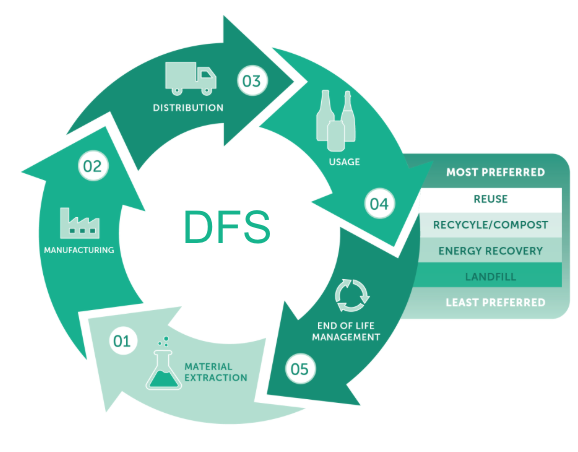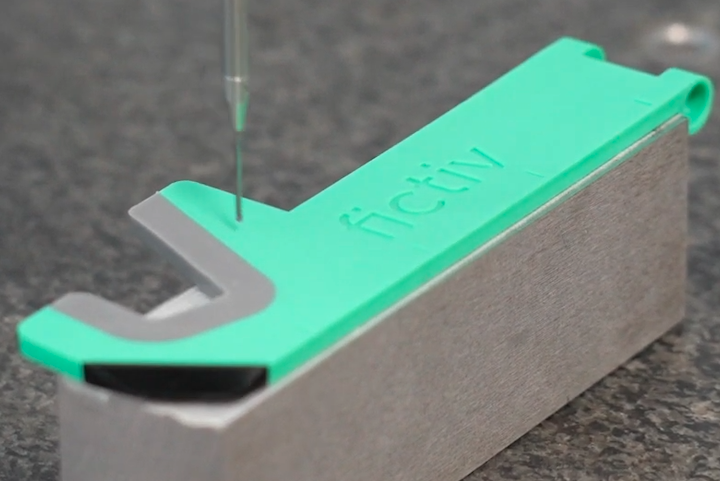Time to read: 4 min
Finding a product development firm that’s right for your company to work with can be a difficult process. With so many factors to consider, it’s important to take time to really understand what you’re looking for.
However, one trend that has appeared over the years with firms throughout the Engineering Services industry actually shows that the average satisfaction scores are low, possibly due to the lack of investment in research and development. There are good reasons for product design and manufacturing firms to invest – firms can help drive new and more efficient ways to standardize product development and hardware delivery. Based on data collected, we estimate that the Engineering Services industry spent less than 1% of revenue on R&D on average between 2013 and 2017. For comparison, the Healthcare industry spends approximately 16% of revenue on R&D, while other technology companies spent 13% of revenue on R&D.
As a customer, why does the Engineering Services industry’s low satisfaction scores and R&D investment matter? Deciding which product design firm and manufacturer to work with on your hardware product is a critical business decision, and selecting the wrong firm may mean that your hardware product never gets to market due to costly delays. If any party is unable to deliver key details on time, relationships can breakdown and cause larger issues in the long run.
Customers absolutely deserve the best possible experience throughout the entire product development process. When considering which product design and manufacturer to work with, here are five factors that we suggest every customer consider:
Customer Support
As a customer, it’s important to understand how the product design firm will support you and your project throughout the engagement.
First, a project tracker should be used to keep tabs on key milestones, changes to schedule, risks, and important contacts. A project manager or lead engineer should keep you informed every week on how risks are resolved and if they pose any threat to the project’s schedule. Thus, before engaging a firm, you should ask whether you’ll be assigned a dedicated project manager. In addition, try to gauge how responsive the product design firm will be during critical moments.
Finally, while not a full-proof method, we recommend that customers ask for referrals to better understand how past projects progressed. Understanding previous projects will give you a level of insight and assurance that your partner can deliver and has previous experience relevant to your project.
Probability of Designing and Delivering On-Time
You want to do as much as possible to tilt the scale in your favor when it comes to designing and delivering your hardware product on-time. Data compiled by Ethan Mollick, a professor at the Wharton School of Business, shows that over 75% of companies deliver products later than expected. This is a challenging problem to overcome, but the odds of delivering on-time are improved when a product design firm has excellent communication and project management skills. Attention to detail and a strong understanding of how design changes can cascade or unfold in the future are helpful in delivering on-time. Can the product design firm provide you with evidence that they’ve delivered past projects on-time? It’s recommended that you ask to see case studies proving that your manufacturing partner has delivered on-time in the past. If these can’t be provided, then you may want to continue to interview other suppliers.
Staging Work and Payment
Given that many relationships won’t extend beyond the initial engagement, the product design firm will likely attempt to get their customers to sign-on to as much work as possible at the onset. As a customer, you should stage the work in as many small design or manufacturing sprints as possible. This will allow you to see how the relationship will unfold and whether the supplier delivers on-time as promised. In addition, payment should be aligned with the achievement of key milestones. While an initial payment is reasonable, this ensures that you are paying for services as they are rendered.
Communication and Relationships
Strong communication is critical to the success of any hardware project, and its importance is often overlooked and undervalued. Do you feel like the product design firm is taking the time necessary to plainly explain the work they will be performing? Ask as many questions as possible to understand the root cause of problems. It’s also important to understand how changes to a design may pose risks to cost, manufacturability, and schedule. Is the firm being too aggressive in their time estimates? Gathering multiple quotes prior to an engagement will help you understand what is standard and achievable. It’s also important to inquire about the product design firm’s partners. Who do they have relationships with that might help accelerate the development of your project? While intangible, how you feel about the product design firm is key to a successful engagement. At the end of the day, it’s always about the people you’ll be working with.
Capabilities and Automation
It’s important that the product design firm’s capabilities are a good match for your project. For example, do they commonly work with startups or do they focus more work with enterprises? Either way, you should understand their customer mix to ensure that the partner understands your unique strengths and challenges. If you’re working on a medical device, the firm you choose should have ample experience developing medical devices and bringing them to market. Finally, does the product design firm use software in a meaningful way to accelerate development or make it more efficient? Though it may seem like a small detail at the start, capabilities and automation can help speed up the development lifecycle.
Taking all of the above together, we hope that these recommendations will help you find a product design firm that is able to deliver on-time and go above and beyond. Though there are plenty of other considerations to think about while making a decision like this, these are crucial points to continue to evaluate even after you’ve engaged with a firm.
This post was written by Daniel Stone, co-founder and CEO of SilSync.










